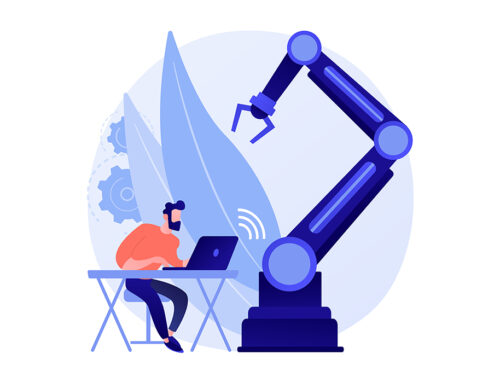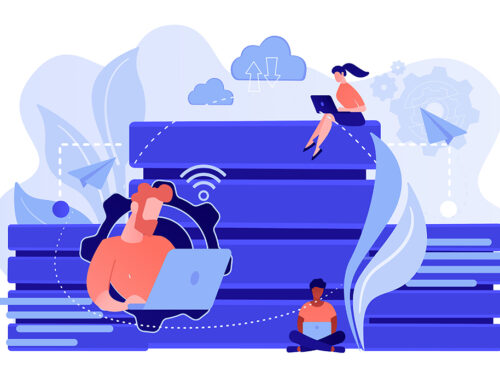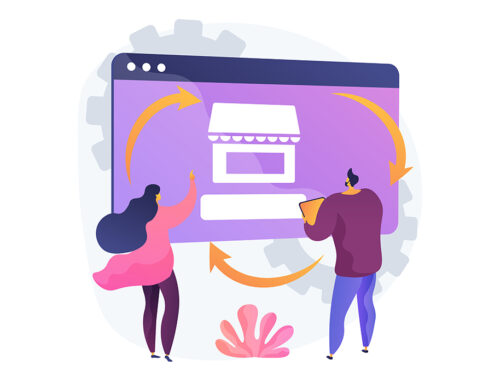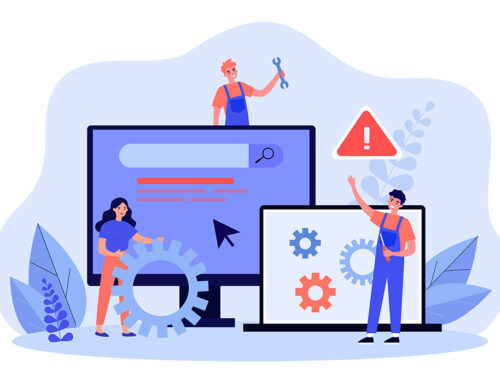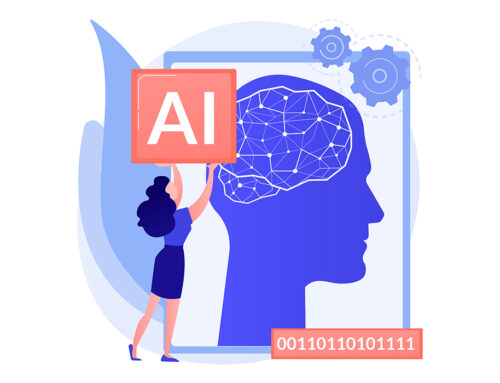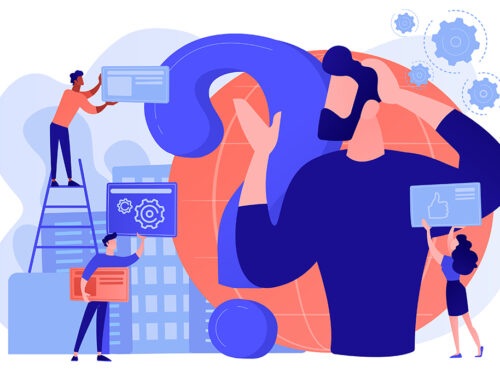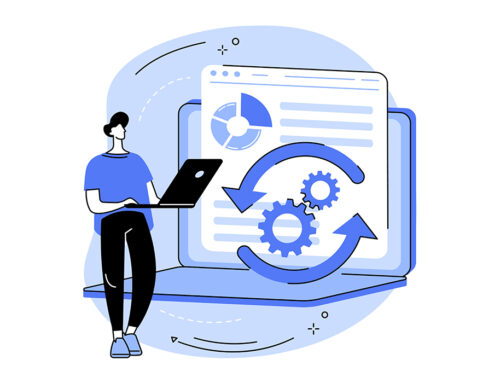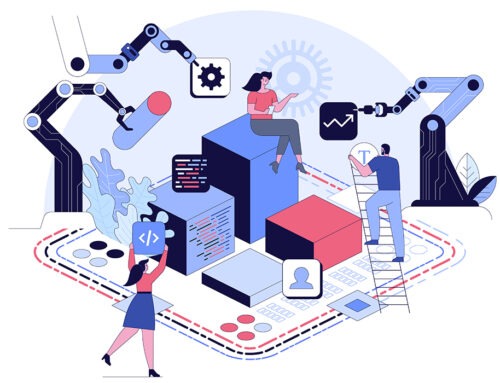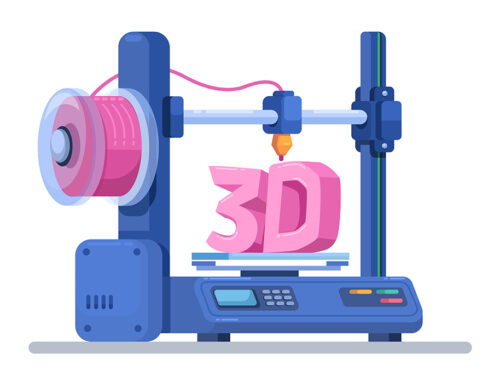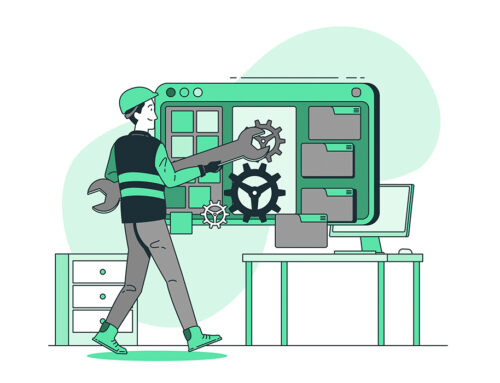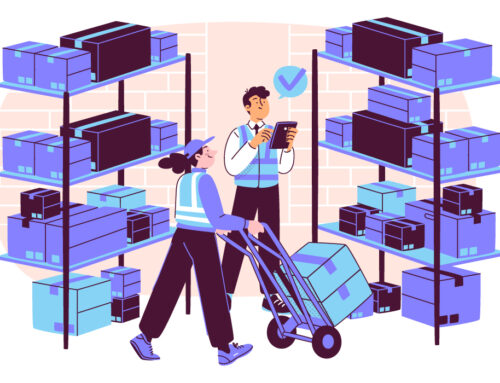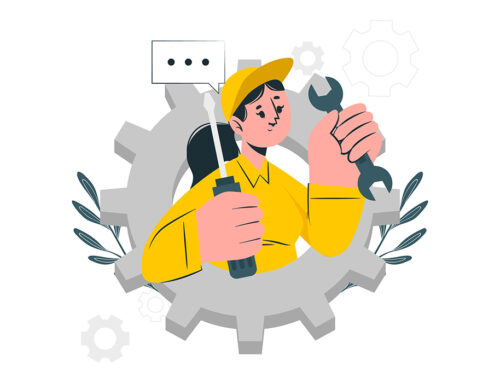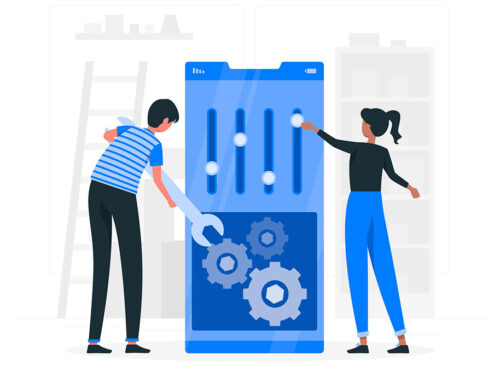Many companies see their products as what drives revenue and service as more of a necessity, but this doesn’t have to be the case.
Author Nick Saraev

Photo: Freepik
At our recent conference, Göran Olsson, the Global Service Business Director for Marel spoke about how companies can shift their focus and move towards being integrated solutions providers.
Olsson and his team have been able to build their service department so that it represents over 40% of Marel’s revenue. And they aren’t alone. Many companies have begun to focus on servitization to stay competitive and relevant in a post-pandemic economy.
This has been accomplished with a focus on traditional services like maintenance and spare parts, as well as looking at how aftermarket offerings can expand and bring the best value to both the customers and the company.
Reaching Servitization Maturity
The ultimate goal of any transformation is to achieve maturity. When it comes to servitization, this means moving through a few different stages.
- Product Manufacturer – Service as a necessity
- Value Added Manufacturer – Services as something extra to offer customers
- Full-Service Manufacturer – Services as a part of the business
- Integrated Solutions Provider – Services as the backbone and focus of the business
The shifts that need to happen to get from one stage of maturity to the next are vast, but can largely be thought of as a mindset change. If your company has, for years, operated with the understanding that clients will pay for products before they are even manufactured, servitization requires to you shift focus and see them paying for products over a longer period of time. This isn’t something that can happen all at once, but
Opportunities for Service
With so many shifts, changes, and trends taking over the industry in the last several years, there are more and more opportunities for this focus on service. Some of these big-picture shifts include
- Outcome/Performance-Based Models – It’s becoming more and more common for customers to demand measurable outcomes, forcing manufacturers to become results-focused
- Worry-Free Processing – Customers are focused on convenience and ease of process, making maintenance packages and integrated solutions a huge draw
- Total Cost of Ownership – With an increase in competition and a greater emphasis on cost-saving, customers are looking for manufacturers who can offer comprehensive solutions and add value beyond just the product itself
- Digitization -Manufacturers can leverage advanced analytics and IoT capabilities to offer customized solutions and continuous support for their customers
- Sustainability – With more focus on environmental sustainability, finding ways to increase aftermarket service and a circular economy of parts is imperative
- Flexibility and Agility – Offering service-based solutions allows for more flexibility in meeting customer demands and staying ahead of the competition
- CAPEX to OPEX – With servitization, we can help clients move towards counting our products and services as an operating cost
Capitalizing on these opportunities is what can help push your service division to become a true driver of revenue.
Key Areas for Setting Up a Service Division
As you design and implement a service division, you and your team will need to consider and find solutions for the following areas.
- Customer Management
- Service Design
- Field Service
- Spare Parts
- People
- Digitization
- Technical Support
- Knowledge Management
- System and Master Data
- Finance
Morel focused on how they could work with their customers to stay as one cohesive entity. Even as they built out their service division, they wanted to keep things simple and whole for their clients. Olsson highlighted this, saying, “From a customer perspective, we as a company should provide the best value to them. Not as (several) different channels, but as one.”
This is largely accomplished through collaboration with the other departments and functions within your business. If there is no integration, you will fail in your transformation.
Best Practices for Transformation
During the entire process of creating a service division and finding ways to expand it, Olsson and his team were growing and learning. With the blessing of hindsight and the passion to continue growing, they’ve compiled a few best practices for any company trying to make this change.
Customer Focus
Every new process you implement should be designed with the customer in mind. You need to know what value it is adding for your clients, and how it will be delivered and explained. This means that you need to be able to continue to serve customers, even when you are in the thick of systemic change.
Simplicity and Clarity
Especially when it comes to collaborating with other departments, your service team must be concrete and clear in their descriptions of the process and outcomes. There may be a tendency to overengineer solutions, but this complexity will only lead to more problems and less integration.
Communication
Everyone within the value chain must understand
- Why are we doing this?
- How are we doing this?
- What’s in it for me?
This focus will greatly boost implementation, and make people far more likely to get excited about the changes you are making.
Collaboration
No matter what model you are working on, collaboration between departments is key. The customer needs a unified front and assurance that your company is a well-oiled machine. Working in tandem with other stakeholders and teams will ensure you don’t miss any important considerations, and that everything operates smoothly.
Endurance
Huge, systemic changes like this take time. The manufacturing business landscape has long been dominated by the same systems and processes. A true shift towards integrated solutions is going to affect every single department and require a shift in mindset across the board. If you focus on finding a quick fix and pull back any time you find resistance, your change is not going to be powerful or find any measure of success.
Conclusion
Creating a service division and working towards servitization as a whole is a complex and often daunting process. There are many opportunities for communication breakdown, overengineering, and loss of focus.
However, when you take the time to build a servitization model that is fully integrated and keeps customer experience at its core, your team will be able to take hold of the opportunities arising and build a process that not only drives revenue but provides a better product for your clients.




